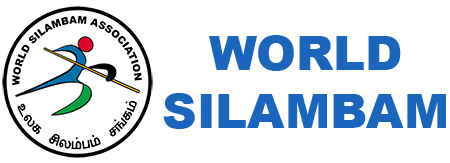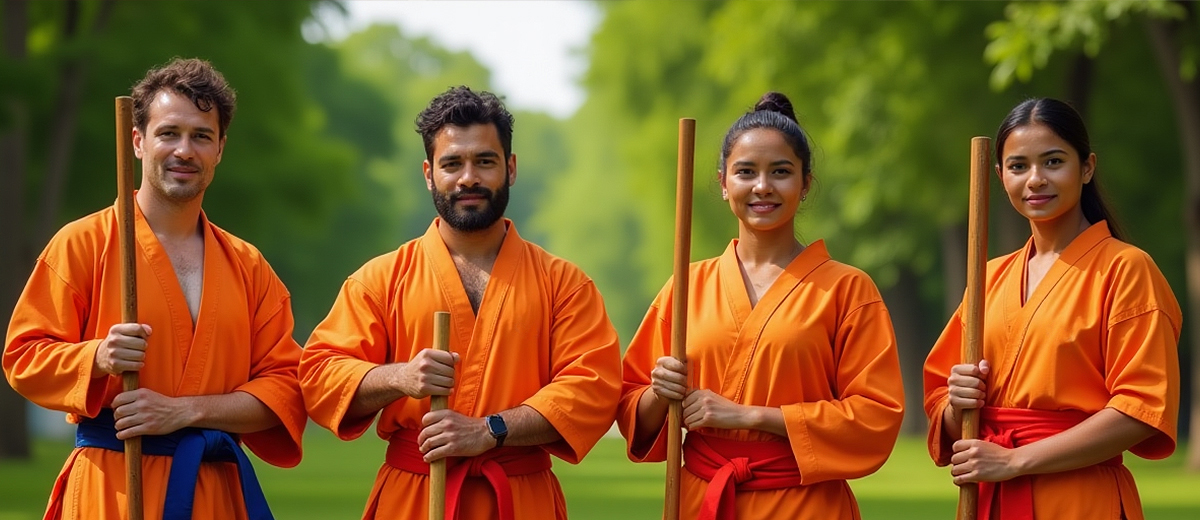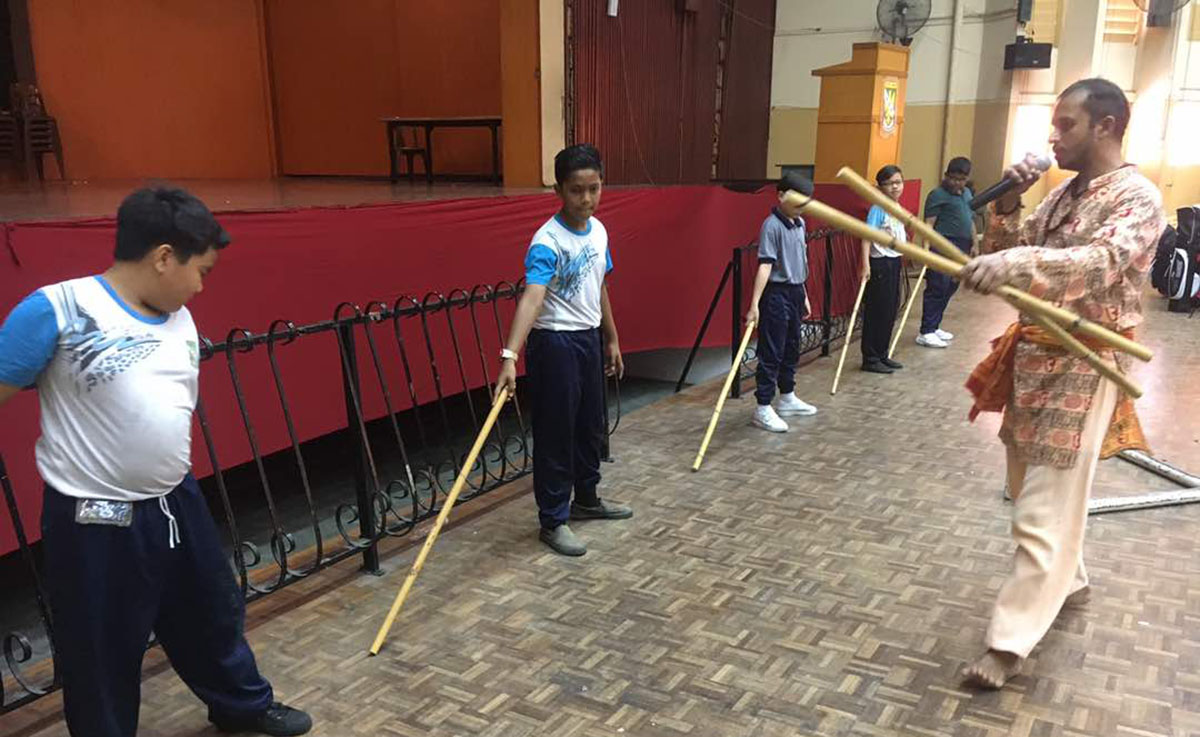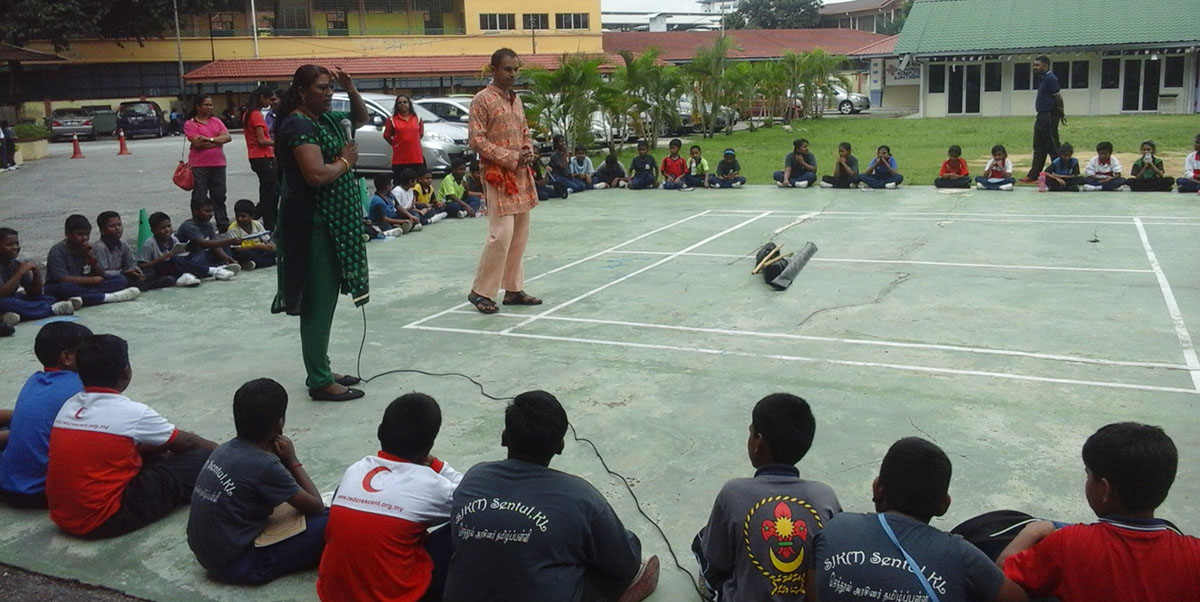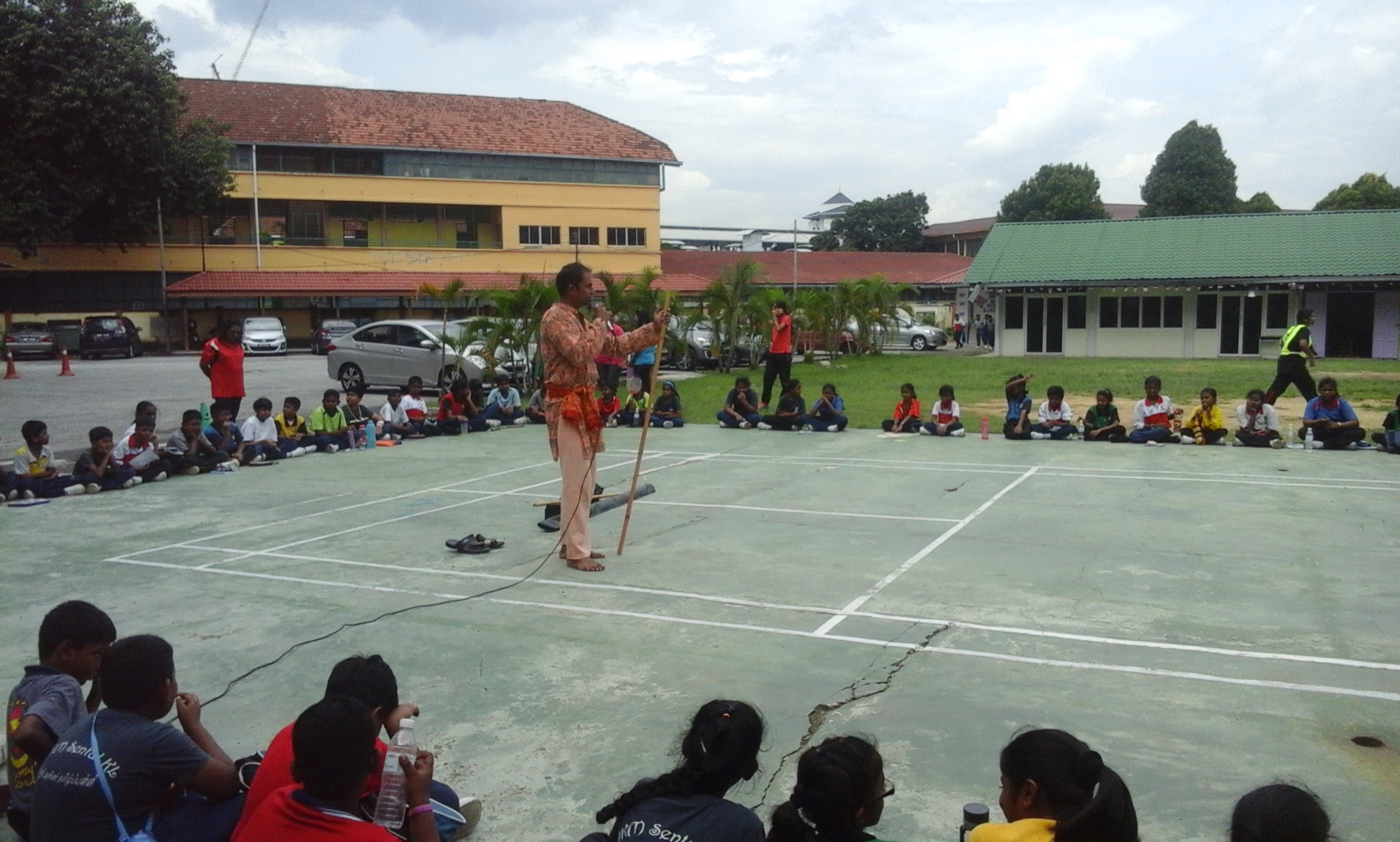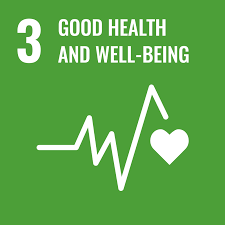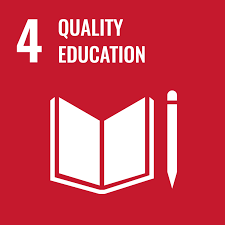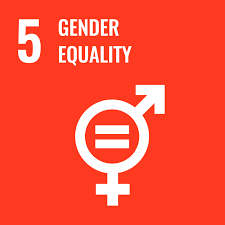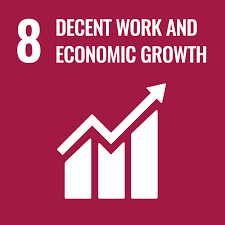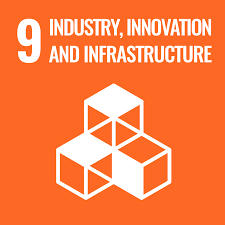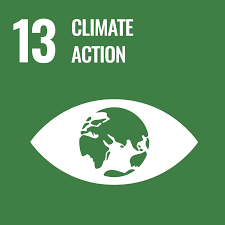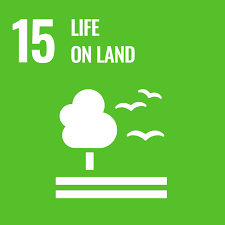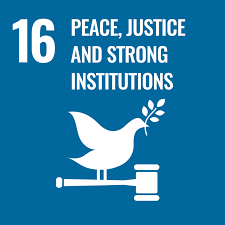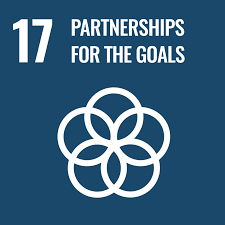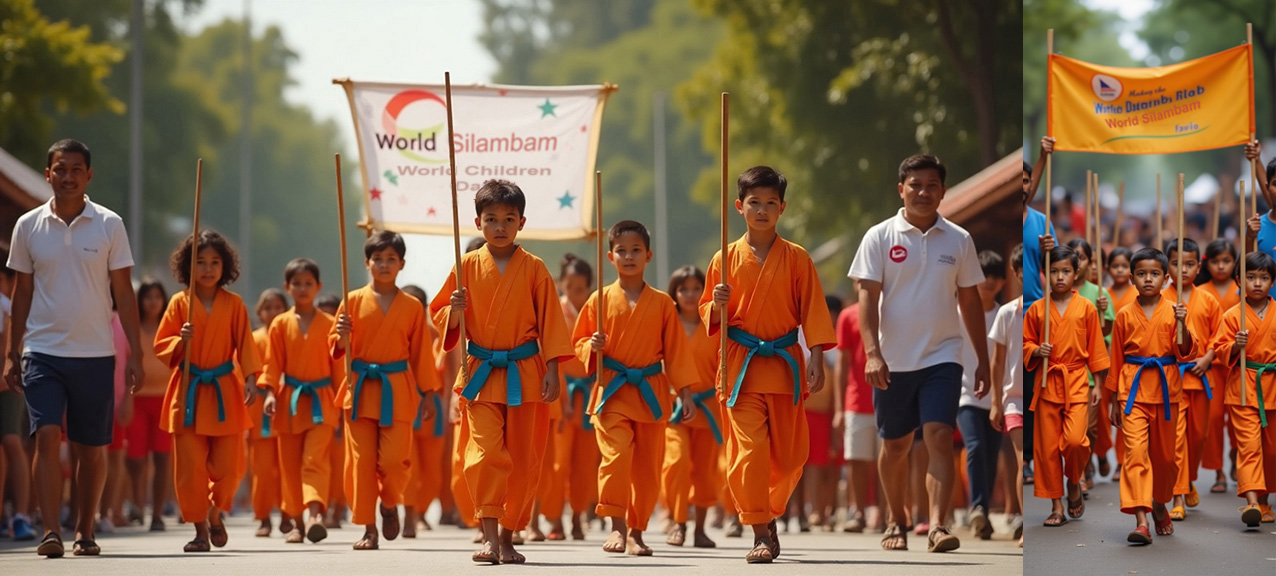Silambam Anti-Doping Rules
Anti-Doping Rules (based on the 2021 code)
The Anti-Doping Rules of World Silambam Association as amended from time to time, and all Members must adhere to the Guidelines, Principles, and Practices contained therein.
In the 2021 World Anti-Doping Code, there are ten possible Anti-Doping Rules Violations.
They are:
• Presence of a Prohibited Substance or its Metabolites or Markers in an Athlete’s Sample;
• Use or Attempted Use by an Athlete of a Prohibited Substance or a Prohibited Method ;
• Evading, Refusing or Failing to Submit to Sample Collection by an Athlete;
• Whereabouts failures by an Athlete: Any combination of three (3) missed tests and/or filing failures, as defined in the International Standard for Results Management, within a twelve (12) month period by an Athlete in a Registered Testing Pool;
• Tampering or attempted tampering with any part of a doping control by an Athlete or Other Person;
• Possession of a Prohibited Substance or a Prohibited Method by an Athlete or Athlete Support Person;
• Trafficking or Attempted Trafficking in any Prohibited Substance or Prohibited Method by an Athlete or Other Person;
• Administration or Attempted Administration by an Athlete or Other Person to any Athlete In-Competition of any Prohibited Substance or Prohibited Method, or Administration or Attempted Administration to any Athlete Out-of-Competition of any Prohibited Substance or any Prohibited Method that is Prohibited Out-of-Competition;
• Complicity or Attempted Complicity by an Athlete or Other Person: Assisting, encouraging, aiding, abetting, conspiring, covering up or any other type of intentional complicity or Attempted complicity involving an anti-doping rule violation, an ADRV or any attempted ADRV;
• Prohibited Association by an Athlete or Other Person: Association by an Athlete or other Person subject to the authority of an Anti-Doping Organization in a professional or sport-related capacity with any Athlete Support Person such as a coach, doctor, or physiotherapist who has been found guilty of a criminal or disciplinary offense equivalent to a doping violation.
• Acts by an Athlete or Other Person to Discourage or Retaliate Against Reporting to Authorities
Doping Control Requirements
An Anti-Doping testing unit (Doping Control Station) conforming to World Silambam Association (WSA) Anti-Doping Rules must be available and operative, the expenses for the unit to be met by the host National Federation (NF). For any other queries and responsibilities, refer to the World Silambam Association (WSA) Anti-Doping.
The Silambam Organizing Committee (SOC) of respective country must provide and arrange for doping control following the World Anti-Doping Agency (WADA) rules of International Standard for Testing and Investigation - for both urine and blood testing respecting the minimum level of analysis as given in the Technical Document for Sports Analysis.
The Doping Control Station has only one function providing space for doping tests. No other function or unauthorized traffic such as no weight control, no use as a medical or emergency room, and no use as a dressing room is allowed. It must be well secured, guarded, locked, and separated from the Tournament Area / Platform. The location of the Doping Control Station shall be marked with clear signs from various directions. No filming or photographs is allowed in the doping control area.
Doping Control Selection Procedure
The selection criteria for doping control is defined for each event in the event’s outlines. The Medical Committee delegate together with the World Silambam Association (WSA) Official and a representative of the responsible Sample Collection Authority will carry out the draw; all the Silambam Players must sign the draw protocol. Any further tests are at the discretion of the World Silambam Association (WSA) or an authorized Testing Authority.
Event Testing
During the Silambam events, the Silambam Player can be requested to provide samples for either an in- or out-of-Tournament test. Doping control for in-Tournament tests is carried out under the supervision of either of Medical Committee or a representative of the Medical Committee. Out-of-Tournament tests are the responsibility of the authorized Sample Collection Authority.
Exclusion: For Silambam Pattern (Tani Tiramai - Sala Varisai) and Veteran Tournament, there will be no doping control.
Athlete Notification
Athletes are notified accordingly. For in-Tournament tests, the Silambam Player is notified after their last games on a day.
Modification for Minor Athletes
Minor athletes should be notified and tested in the presence of an adult accompanying person of their choice to abide and respect the World Anti-Doping Agency (WADA) rules.
Accredited Laboratory
Only the World Anti-Doping Agency (WADA) accredited/approved Laboratories can analyze the samples. The Doping Control Coordinator has to inform the Medical Committee about which laboratory will be used. In the case of Adverse Analytical Finding detected, the World Silambam Association (WSA) will follow the Silambam Anti-Doping Rules. The Medical Committee delegate has the right to cancel or stop a test if it is medically justified.
The Prohibited List
2023 List of Prohibited Substances and Methods (effective 1 January 2023)
The 2023 Prohibited List of Substances and Methods, valid as of January 1, 2023, is currently available in following languages – English, French, Spanish. More language versions are available at www.wada-ama.org/en/resources/science-medicine/prohibited-list-documents.
The List of Prohibited Substances and Methods (List), is the International Standard that designates what is prohibited in- and out-of competition. The List also indicates whether particular substances are banned in particular sports. Substances and methods are classified by categories (e.g. steroids, stimulants, gene doping). The List is updated annually by WADA, published on October 1 and comes into effect on January 1 of the following year. World Silambam Association (WSA) updates the mentioned above documents on its official website. Silambam athletes and coaches can obtain the latest information here.
For any questions related to Anti-Doping, please don’t hesitate to contact us at secretary@silambam.world
Medical
All medical matters are the responsibility of the Medical Committee.
The Medical Committee members must be highly experienced medical specialists or experts in the field of anti-doping.
The Medical Committee is responsible for formulating and revising the regulations regarding medical supervision of athletes and the anti- doping code and for supervising the implementation of these regulations.
In addition to formulating and implementing regulations, the Medical Committee is responsible for the following:
• Examining and handling proposals relating to medical affairs that are submitted by NFs or Continental Federations.
• Supporting the organization and execution of anti-doping controls in accordance with the WADA standards at the competitions during which World Silambam Association is the Testing Authority (TA).
• Physical examination of the athletes prior to each competition.
• Making recommendations to the Technical Committee to disqualify athletes who do not meet the requirements for participating in a competition.
• Organizing lectures on medical supervision.
• Providing advanced medical supervision means and methods for National Federations (IFs) and Continental Federations.
Anti-Doping Education
The Athlete Learning Program about Health and Anti-Doping (ALPHA) has been developed with the input of eLearning specialists, athletes, anti-doping specialists and anti-doping social scientists.
Based on the latest findings in Social Science Research and learning technology, the aim of this tool is to change attitudes and therefore have an impact on those who intend to dope. Therefore, if effective, the tool will potentially reduce doping behavior amongst athletes who are already doping, or prevent other athletes from doing so at all. If the intention of the learner was not to dope, the tool provides all the necessary information for an athlete and reinforces the protective factors.
The uniqueness of this tool lies in its ability to provide positive solutions to athletes to stay clean. By studying all the performance-related areas, such as rest and recovery, training, nutrition and helping athletes to identify where they could do better, the tool shifts the focus away from what athletes are not allowed to do to instead providing athletes with solutions to allow continued progression in a clean.
Alpha is accessible at alpha.wada-ama.org
